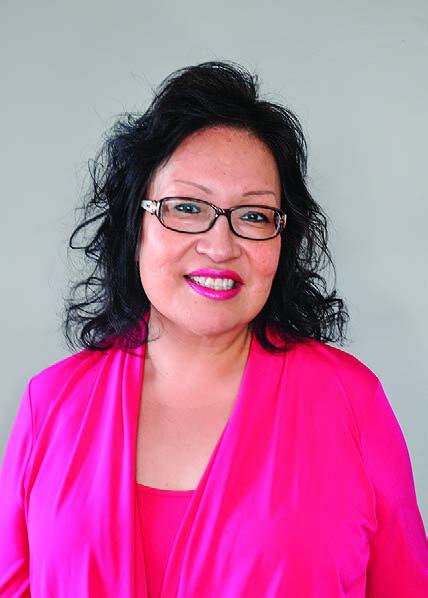
Rarely does a person effortlessly straddle the divide between First Nations and industry like Lana Eagle – especially when it comes to mineral exploration and mining. Eagle is a Whitecap Dakota Sioux from Saskatchewan, and her father worked as a miner for most of his life. “Mining is in my blood,” she says.
But it wasn’t until 2004 that she got involved with the industry personally. While working with the Quatsino First Nation on Vancouver Island, she helped negotiate Aboriginal rights and title with Electra Gold Ltd., a small company looking to build an industrial mineral mine in the band’s traditional territory. A couple years later, she traded sides and went to work for the company in its Port Hardy office, first as a director and later as chair of the board.
“It was an opportunity to stay in the area but shift industries, which is rare in a small town,” she says. “I could work with a small, publicly traded company that contributed to the local economy and hired locally. And I could continue working to build the relationship between the company and the Quatsino First Nation.”
Those early experiences helped set up Eagle as one of the most experienced people in the B.C. mineral exploration and mining industry in the field of Aboriginal relations. She works tirelessly – both professionally and as a volunteer – to surmount the hurdles faced by industry and First Nations in dealing with each other.
“I think the biggest challenge between industry and First Nations is building trust,” Eagle says. “To do that, both sides need to understand and appreciate each other’s culture. You’re bringing two different world views together, so you need to open lines of communication right from the beginning.”
She says trust was key to the successful relationship between the Quatsino band and Electra Gold, and it’s been the focus of her efforts ever since. From Electra, she headed out on her own as a consultant, working with various exploration and mining companies helping with relationship building with First Nations.
“Mining companies often have the attitude that they don’t want to get into a conversation with First Nations until they have something to talk about,” she says. “They wait until they need a permit. But a lot has gone on by then. They need to talk to the people who occupy the land about what’s important to them from the beginning. The longer you wait, the more challenging it becomes to negotiate agreements, acquire permits and bring Aboriginal groups on side.”
Before shovels hit dirt, conversations – whether formal or informal – should take place. “It lays the groundwork for future conversations, negotiations and trust,” she says.
And companies have to approach each community without expectations. “Each band is unique,” says Eagle. “Each group comes from a different place – for instance, whether or not they are in the treaty process and where in the process they are – with different past experiences, protocols and priorities. Just because something worked with one group, the same strategy may not necessarily translate to success again.”
The relationship is a two-way street, she emphasizes. Aboriginal groups need to better understand the mining industry, too.
Through her various volunteer positions – nationally and provincially – she’s working from both sides. For the last three years, Eagle has chaired the Aboriginal Relations Committee for AME BC. Primarily, this role has focused on The Gathering Place, a component of the annual Roundup conference focused on bringing First Nations and industry together to learn from each other. In years past, this has included workshops and presentations where speakers discuss challenges and successes in relationship building. This year, the program will diversify to include a panel of CEO s talking about the importance of Aboriginal relationships and their personal experiences.
Further, Eagle wants to expand the committee’s mandate throughout the year. This past summer, it organized an education session in Campbell River where First Nations were introduced to basic geology and the mining life cycle. “I want to do more sessions like this year-round and across the province,” she says. And she’s working to take the seminars, panel discussions and other content from The Gathering Place online. “I want anyone to be able to see, hear and read about what was discussed.”
Another of her volunteer roles is not directly related to the mineral exploration and mining industry, but may be soon. As president of the Industry Council for Aboriginal Business, a national non-profit group, she’s helping Aboriginal businesses to become more competitive and non-Aboriginal businesses to find opportunities to work with Aboriginal businesses and fulfil First Nation procurement goals. Right now, efforts are focused on the shipbuilding industry, but she hopes to see the scope expand to mining and other sectors soon.
All told, it’s an impressive workload and selfless mission. And one that Eagle says is highly rewarding: “My passion is to help build relationships, so everyone can work together to create prosperity.”
